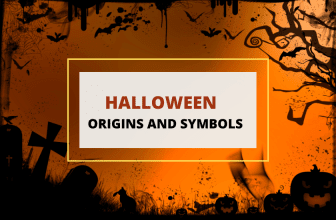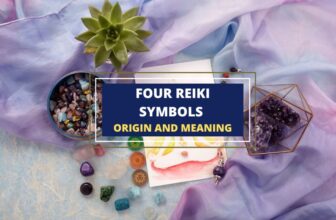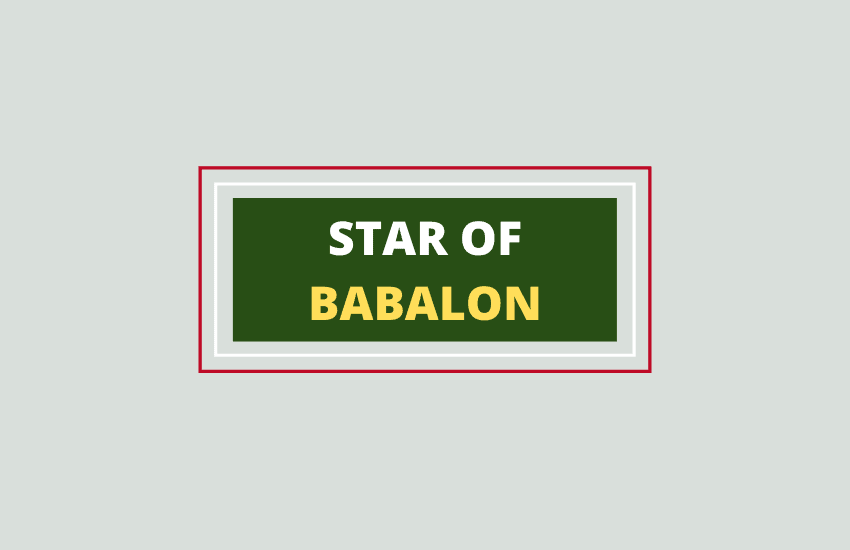
Table of Contents
The Star of Babalon is a symbol of the goddess Babalon. While the general representation of the symbol features a seven-pointed star locked within a circle, often with a chalice or grail in the center. Some variations also feature letters and other symbols. In order to understand what the Star of Babalon symbolizes, it’s important to know who Babalon was.
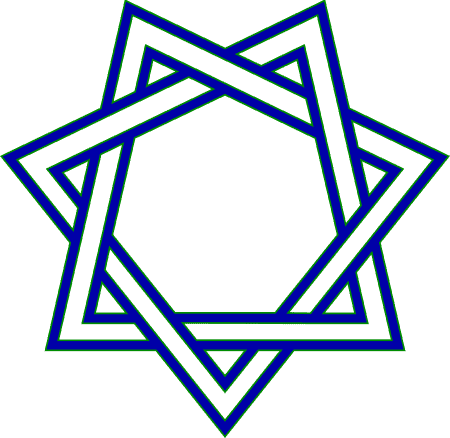
Who is Babalon?
The persona associated with the star is Babalon, alternately referred to as the Scarlet Woman, the Mother of Abominations, and the Great Mother. She is an important figure in the occult system called Thelema.
It is said that in her god form, Babylon takes on the shape of a sacred whore. Her primary symbol is called the Chalice or Graal. She is the consort of Chaos, who is also considered the “Father of Life” and the male personification of the Creative Principle idea. The name “Babalon” may have been derived from several sources.
Firstly, there is the obvious resemblance to the ancient city of Babylon. Babylon was a major city in Mesopotamia, and an integral part of Sumerian culture. Coincidentally, the Sumerian god Ishtar also bears a close resemblance to Babalon. Babylon itself is a city referred to many times in the Bible, usually as an image of a beautiful paradise that eventually fell into ruin. As such, this serves as a warning against the evils of decadence and is a premonition of sorts.
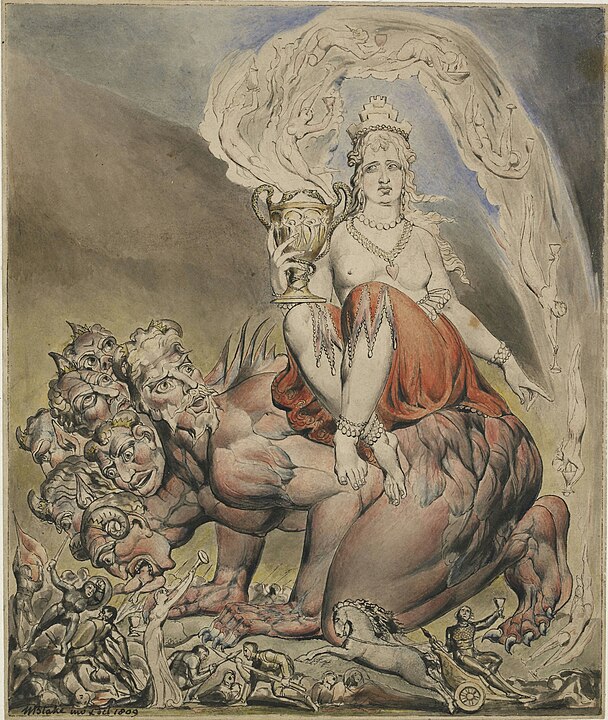
What Does Babalon Look Like?
As a character, Babalon is often depicted carrying a sword and riding the Beast. It’s said that:
… “In her left hand she holds the reins, symbolizing the passion which unites them. In her right hand she holds aloft the cup, the Holy Grail which is blazing with love and death. (Book of Thoth).
Generally, Babalon is said to represent the liberated woman and the full, unadulterated expression of her sexual impulse.
The Duality of A Woman
Even the etymology of her name speaks about this association. Babalon means wicked or wild, as directly translated from Enochian, a long-forgotten language last recorded in the private journals and correspondences of John Dee and his fellow Edward Kelley in late 16th-century England.
Famous occultist and writer Aleister Crowley took these early findings and adopted it to his own system to find similarities with the Book of Revelation of the Bible. He was the one who gave the name Babalon to the strange woman riding the Beast of the Apocalypse and deemed it as an office that could be held by a living woman.
This Scarlet Woman Crowley introduced and incorporated in his writings represents a source of inspiration, strength and knowledge.
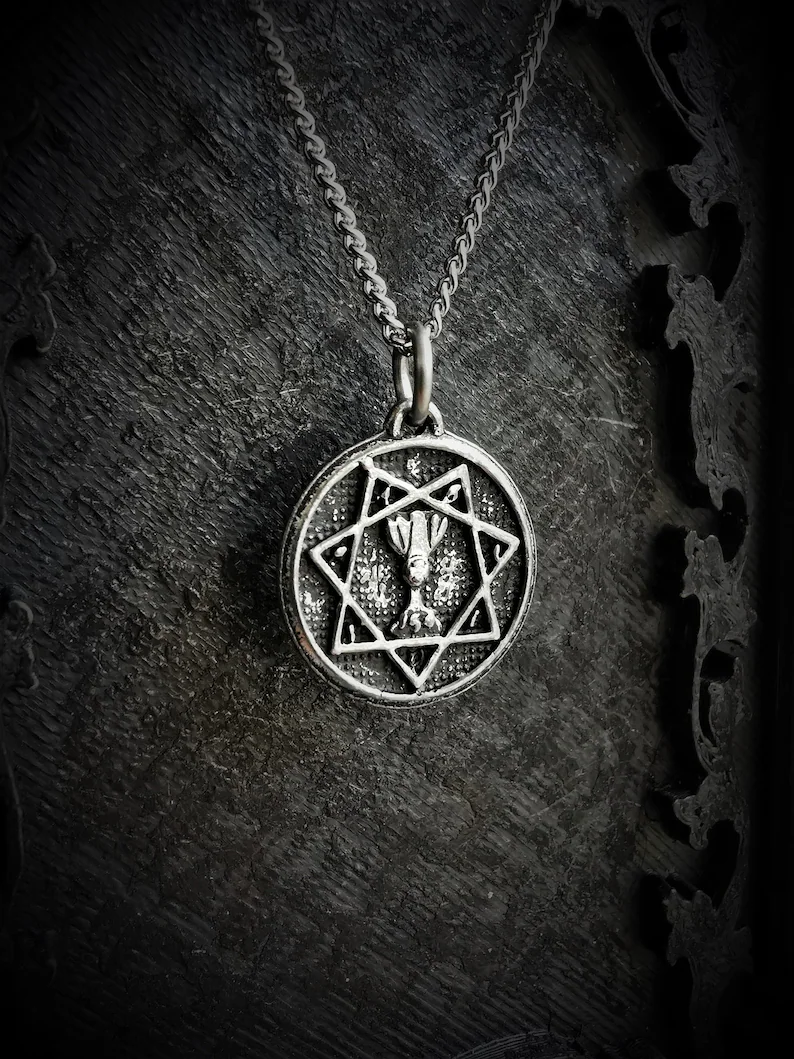
What Babalon’s Star Represents
In Thelemic literature, the concept of the star contained in Babalon is that of the mystical ideal, the idea of wanting to become one with all.
To achieve this, a woman is expected not to deny anything but to become perfectly passive to everything in the world, and to permit all sorts of experiences to come forward and be felt. In other words, she is meant to leave herself into the entirety of sensation. Through this, the mystical plane comes into direct contact with physical life, creating an entirely raw experience that exists to be enjoyed. This process clearly has in its origins the career of the lady of the night.
Today, the Star of Babalon is used as a symbol of the followers of Babalon.
Wrapping Up
In many ways, the Scarlet Woman is tantamount to what we consider today as the epitome of unshackled freedom, though definitely eons ahead of her time. Thus, the star associated with her lore has evolved to become a Northern star, or a guide to every woman whose quest is to surrender to a higher order of thinking – one of full submission to the senses.






